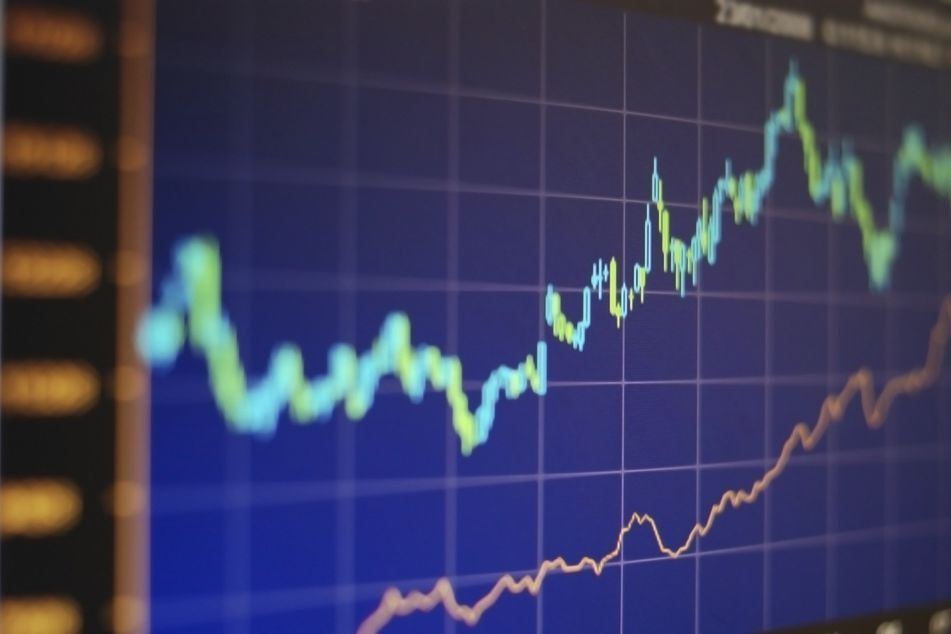Even top notch firms feel sting from fickle investors

Funds that have historically outperformed the market still suffer outflows when they stumble — even a little bit.
William Nygren has succeeded at a difficult task: picking stocks to deliver market-beating returns over long stretches of time. Both his $16.5 billion Oakmark Fund and his $5.6 billion Oakmark Select Fund have topped the S&P 500 by an annual average of more than a percentage point over the past 15 years. Even so, investors pulled billions of dollars from his two big mutual funds last year.
Other funds with strong long-term track records, including the $61.6 billion Dodge & Cox Stock Fund and the $36 billion Fidelity Growth Company Fund, also had substantial net redemptions in 2016, according to data compiled by Bloomberg.
The funds suffered as investors pulled $355 billion out of actively managed equity funds in 2016. At the same time, they added $337 billion to funds that passively track indexes. The trend toward index funds, driven by their lower costs and years of underperformance by the majority of active managers, has been gathering force for a decade. Now it’s so powerful that “even strong funds are finding it hard to attract flows,” says Tim Cohen, head of global equity research at Fidelity Investments.
(More: Smart-beta strategies hot with stocks, not with bonds )
The Oakmark, Dodge & Cox, and Fidelity portfolios all lagged the market for at least part of 2016, which explains some of the outflows. Some investors are just impatient, says Michael Rosen, chief investment officer of Angeles Investment Advisers in Los Angeles. “When our world is condensed into 140 characters, looking at a manager’s record over five or 10 years seems almost quaint,” he says. “People don’t seem to have much attention span.”
Mr. Nygren’s Oakmark fund underperformed the market in 2015 and the first half of 2016, dragged down by a heavy concentration in financial stocks. But the prospect of rising rates, especially after the November election of Donald Trump, sent bank stocks soaring, propelling Oakmark to an 18 percent gain for the year, compared with the S&P 500’s 12 percent.
The team-managed Dodge & Cox fund gained 21 percent last year, also in part because of its concentration in bank shares. Over the past 15 years the fund has gained an annualized 8 percent, compared with less than 7 percent for the broad U.S. stock market. Yet investors pulled $4.3 billion out of the fund in 2016.
Both San Francisco-based Dodge & Cox and Chicago-based Harris Associates, which manages the Oakmark funds, declined to comment on their performance and asset flows.
Steve Wymer, who celebrated his 20th anniversary as the manager of Fidelity Growth Company Fund in January, underperformed the market last year for the first time since 2011. He suffered net redemptions of $7.2 billion in 2016, although the firm notes that the fund is closed to new investors. Had it been open, it might have had more buyers to offset the money going out.
Fidelity says it’s found that even its best managers will trail their benchmarks roughly three years out of 10. “This fund has produced an enormous amount of value over any time period,” says Mr. Cohen. “We encourage investors to take a long-term view.”
Active stock funds come with higher costs than their passive counterparts. The fees on the Oakmark, Fidelity, and Dodge & Cox funds range from 0.52% to 0.98% of assets per year. The most popular index funds and exchange-traded funds often charge less than 0.1% and sometimes as little as 0.03%.
Vanguard Group, one of the biggest managers of index funds and other low-cost offerings, attracted a record $305 billion in investor cash in 2016. Since expenses come off the top of returns, whether or not a manager outperforms, inexpensive index funds start with a built-in edge.
Even strong long-term records are no guarantee that a manager won’t falter. A recent case in point: the Sequoia Fund, which routinely beat the S&P 500 for decades until its managers put a large chunk of their money into one stock, Valeant Pharmaceuticals International. As Valeant tumbled in 2015 and 2016, losing 90% of its value, Sequoia fell with it. The fund trailed 89% of similar funds in 2015 and 98% last year. It lost a total of more than 13% over those two years, about as much as the S&P 500 gained.
The move away from active funds makes sense because there are too many mediocre ones that charge too much, says Russel Kinnel, director of manager research at Morningstar. “Good riddance to them,” he says. But he’s been puzzled to see investors bailing out on funds that have outperformed over time. He asks: “Why would you want to sell an outstanding fund?”
As index funds have become the default choice for more investors, it could be that the bar for outstanding performance is getting higher. But other fund investors are still chasing hot trends. Some stock funds did attract new cash last year, including a number that focus on dividend-paying stocks, which performed well in early 2016. The $14.1 billion Federated Strategic Value Dividend Fund attracted more than $4 billion in the first 10 months of last year. As interest rates rose in the last two months of the year, causing dividend-paying stocks to fall out of favor, investors reversed course and pulled money out.
Learn more about reprints and licensing for this article.








